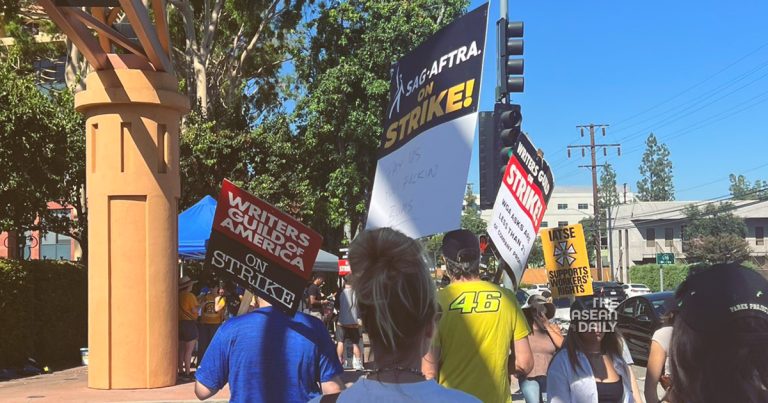8-8-2023 (LOS ANGELES) Walt Disney, the iconic entertainment giant, has embarked on an innovative journey by establishing a dedicated task force to delve into the realm of artificial intelligence (AI) and its potential applications across the expansive spectrum of the conglomerate’s offerings. This strategic move comes amid a backdrop of simmering debate within Hollywood, where creative artists and actors are grappling to curb potential overuse and exploitation of AI in the industry.
Launched earlier this year, prior to the onset of the Hollywood writers’ strike, this pioneering group is steadfast in its pursuit of internal AI developments and strategic alliances with emerging startups, according to confidential sources cited by Reuters.
The deepening commitment to AI innovation is underscored by Disney’s active pursuit of top-tier talent, evident in the 11 job openings that specifically seek candidates with proficiency in artificial intelligence and machine learning. The vacancies span diverse segments of the conglomerate, encompassing Walt Disney Studios, the company’s theme parks, engineering powerhouse Walt Disney Imagineering, Disney-branded television, and the advertising division, which aspires to craft a cutting-edge AI-powered advertising ecosystem.
Inquiries into Disney’s AI endeavours were met with a declined comment from the company’s spokesperson.
A confidential insider, advocating for this technological leap, conveyed the notion that legacy media enterprises like Disney face a pivotal juncture. They must embrace AI innovation or risk relegation to obsolescence in an evolving industry landscape.
This proponent of AI integration perceives the technology as a potent tool in tackling the mounting costs associated with movie and television production, a realm where budgets can balloon to staggering heights. Notably, major film releases like “Indiana Jones and the Dial of Destiny” or “The Little Mermaid” command budgets that can eclipse $300 million. Consequently, such projects demand substantial box office returns merely to break even. The application of AI could gradually yield substantial cost savings, noted the source.
Intriguing possibilities extend to Disney’s theme park division, where AI has the potential to enhance customer support experiences and craft novel, interactive encounters. Echoing this sentiment, a former Disney Imagineer, preferring to remain anonymous due to a lack of authorization, cited “Project Kiwi” as a trailblazing example. This venture harnessed machine-learning techniques to bring to life “Baby Groot,” a diminutive autonomous robot that captures the endearing movements and personality of the beloved “Guardians of the Galaxy” character. With its ability to recognize and navigate its surroundings, Baby Groot is poised to engage with guests in immersive interactions.
Within the Hollywood sphere, AI has ignited a fervent debate, with writers and actors expressing concerns over the technology’s potential threat to job security. This contentious issue has assumed centrality in contract negotiations involving the Screen Actors Guild and the Writers Guild of America, both of which have embarked on strikes.
Disney has chosen its words carefully in the public discourse surrounding AI. Notably, visual effects supervisors for the recent Indiana Jones movie emphasised the extensive collaboration of over 100 artists who meticulously endeavoured to digitally “de-age” the legendary Harrison Ford, enabling him to reprise his iconic role as a younger character.
“Steamboat Willie,” Disney’s pioneering animated short film from 1928, marked the inception of the company’s technological innovation journey. The animation featured a synchronized soundtrack, a ground-breaking innovation at the time. Over the years, Disney has accumulated an impressive repertoire of over 4,000 patents spanning theme parks, films, and merchandise, as evidenced by records from the US Patent and Trademark Office.
Bob Iger, Disney’s seasoned CEO, outlined the integration of technology as a cornerstone of his strategic agenda upon assuming the role in 2005. His vision manifested in a comprehensive research and development initiative in partnership with leading global technology universities. This initiative yielded research hubs at the Swiss Federal Institute of Technology in Zurich and Carnegie Mellon University in Pittsburgh, Pennsylvania.




